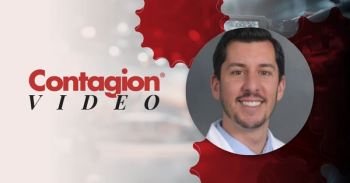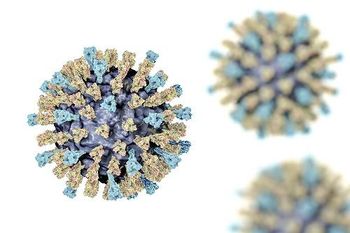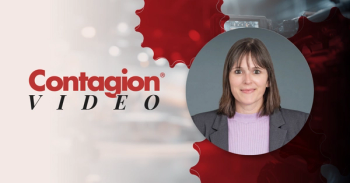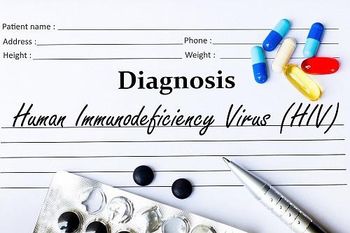
Deciphering Similarities and Differences in Antifungal and Antibiotic Development
Jatin Vyas, PhD, MD, offers some insights into the economics of development, the biology of fungal species, and the difficulties behind creating new antifungal molecules.
Globally, more than 6.5 million people contract fungal infections annually, according to a systematic review published last year in The Lancet Infectious Diseases.1 There are 3.8 million deaths with about 2.5 million of them directly attributable to these infections.1
The rise of these infections and consequently resistance can be contributed to factors such as the widespread use of fungicides in agriculture, climate change, fungal species’ ability to develop resistant mechanisms, and limited treatment development.2
A major issue with treatment development has to do with the biology of fungal organisms, according to Jatin Vyas, PhD, MD professor of Medicine, Columbia University, associate dean for Academic Innovation, and director of Physician- Scientist Programs at the Vagelos Institute for Biomedical Research Education. He explains there are similarities between fungal organisms and mammal cells.
“Fungal organisms are eukaryotes, and what that means is they have an organized nucleus, and they resemble more mammalian cells than they do other types,” Vyas said. “And the reason that's important is because much of the machinery that is found in fungal organisms is very similar to the machinery that keeps our mammalian cells alive. So, whenever we can identify targets that will actually kill a fungal organism, those same drugs will have a significant effect on mammalian cells, leading to really terrible side effects, and oftentimes can't be used because of the toxicity.”
He explains that in developing antifungals, researchers are trying to find those select pathways that exist only in the fungal organisms, and that don't exist in the mammalian cells.
In thinking about antifungal and antibiotic development, Vyas sees 1 similar hurdle for both: economics. The way in which new antibiotics are prescribed demonstrates a likely path for new antifungals.
“Oftentimes, those drugs don't see a lot of use right up front, especially antibiotics,” Vyas said. "Infectious disease clinicians will restrict those because we want to maintain the efficacy of those types of drugs for a significant period of time. Therefore, the ability for pharmaceutical companies to be able to recoup their costs—which is significant for any type of drug development—[is challenging]. The business model isn't great when it comes to antibiotics; that is the same for antifungals.”
Vyas says whereas, there has been more research and development around bacterial infections and subsequently antibiotics, there is still limited knowledge associated with fungal organisms, which restricts antifungal development.
“We really do need to understand how these organisms actually cause disease, and what is the mechanism of that disease,” Vyas said.
“If you start with the first antifungal that was developed in this country and licensed by the FDA in 1956, and you go all the way up to now 2025, you can see that despite all those years and the development of newer antifungals, your chance of dying of an invasive fungal infection hasn't significantly changed with the development of these drugs. The drugs have become more well tolerated…but their efficacy hasn't actually improved over a significant period of time.”
References
1. Denning DW. Global incidence and mortality of severe fungal disease. Lancet Infect Dis. 2024;24(7):e428-e438. doi:10.1016/S1473-3099(23)00692-8
2.Combating Antifungal Resistance. ASM. November 30, 2022. Accessed June 15, 2025.
https://asm.org/articles/2022/november/combatting-antifungal-resistance
Newsletter
Stay ahead of emerging infectious disease threats with expert insights and breaking research. Subscribe now to get updates delivered straight to your inbox.


















































































































































































































































































